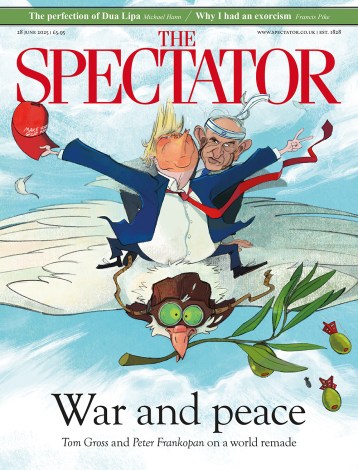Artifact was the first work that the groundbreaking dance-maker William Forsythe created in 1984 for the legendary Ballet Frankfurt. It is, therefore, pure ‘vintage’ Forsythe, even though it is as aggressively and engagingly provocative today as it was 28 years ago. It therefore comes across as a theatrically vibrant reminder of where it all started. Central are the quirky postmodern challenges that Forsythe first laid down to both the ballet canons and the set rules of traditional theatre-going. Hence the curtain coming down and going up more or less unexpectedly and/or arbitrarily, an idea aimed at questioning the way audiences used to watch — and still do — a ballet, which was to become Steptext’s main feature one year later, in 1985.
There is also clever use of ‘distracting’ elements, such as the seemingly superfluous spoken text, the presence of a man with a megaphone and a female actress donning a period costume similar to that worn by both the good and the bad fairies in an internationally known production of the classic Sleeping Beauty. It is she who invites viewers to ‘step inside’, as if following a rather garbled and somewhat amusing fairy tale-like narrative — later on, in 1987, different fairy tales were cleverly woven together in Same Old Story, one of Forsythe’s most mind-boggling and beautiful works. Finally, there is mesmerising use of shadows and lights that challenges the traditional sanctity of the viewer’s visual experience — this, too, was destined to become one of Forsythe’s signature traits.
Wrapped in all this is some of the most innovative and glorious-looking dance-making ever seen, which shifts seamlessly from a superbly conceived game of quotations — which highlights Forsythe’s admiration for Balanchine and other ballet traditions — to a superbly inventive multilayered text.
Alas, the sheer beauty of the performance revealed how most modern-day attempts at revisiting ballet and questioning its long-held norms are but pale derivations, if not regurgitations, of what has already been done to perfection way back in 1984. Obviously, the success of the evening was also down to the impeccable execution of the work. It is a pity that the Royal Ballet of Flanders does not visit these shores more often, for it is a heck of a splendid company. Apart from the excellent technical qualities of every dancer, the company stands out for an unparalleled stylistic and artistic togetherness, which transcends the diverse backgrounds of each artist.
I am glad to report that magic chemistry was also the main feature on the opening night of La Fille Mal Gardée at the Royal Opera House. The 1960 ballet is a perfect theatre machine, and I have seldom seen unsatisfactory performances. Marianela Nuñez, Carlos Acosta, William Tuckett and Jonathan Howells form one of the best casts the ballet has had since its creation. And last Friday, there was a special sparkling camaraderie among the main characters that bestowed a rarely seen mix of fitting piquancy and electricity on to the whole performance.
Nuñez soared almost divinely through the intricacies of Frederick Ashton’s choreography and acted with infectious enjoyment, as if she were having a whale of a time. Next to her, Acosta shone technically and artistically, giving an irresistibly supercute portrait of the now romantic, now scoundrel-ish Colas. Tuckett is, in my view, the ideal interpreter of Widow Simone. While respecting faithfully the demands of the travesty role, he adds a seldom seen human dimension to the part, with well-distributed glimpses of tenderness that fit perfectly with the final change of mind. As Alain, Jonathan Howells, too, knows how to avoid the dangers of a two-dimensional character and never slips into gratuitous slapstick. I was not the only one who left the theatre with a smile, humming bits from John Lanchbery’s sparkling orchestration of Ferdinand Hérold’s score, masterfully conducted by Barry Wordsworth.





Comments